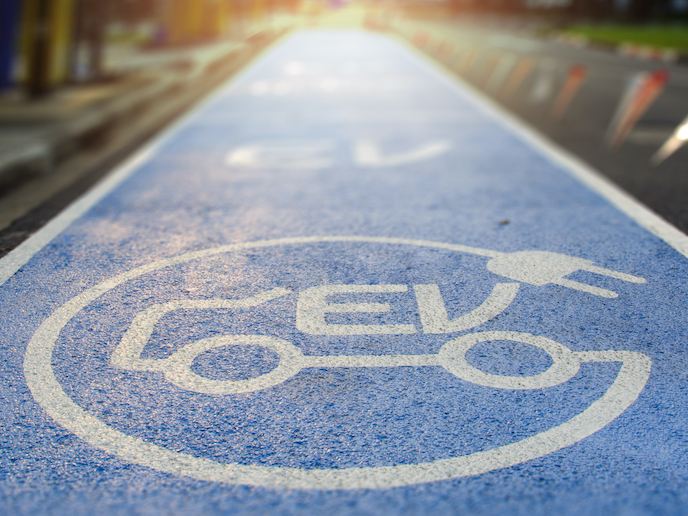ICT tracking technologies to promote walking and cycling
Public authorities and other stakeholders in Europe and around the world are seeking ways to deliver sustainable urban mobility. Getting away from vehicle-based transport and moving towards increased cycling and walking can generate numerous benefits for walkers, cyclists and society as a whole. Such a shift will have a positive impact on traffic congestion and atmospheric pollutants. It will also have a favourable effect on the health of those who opt to walk or cycle, and also indirectly on those who don’t. The EU-funded TRACE(opens in new window) (Opening the cycling and walking tracking potential) project “targeted established measures to promote cycling and walking to the workplace, to school, for shopping purposes or simply for leisure,” says project coordinator Paulo Ferreira. These measures were enhanced with dedicated tracking-based tools to promote behavioural change and support mobility planning. IT tools in an effort to boost cycling and walking “To fully exploit the huge potential of walking and cycling,” he adds, TRACE developed ICT tracking technologies for the promotion and planning of cycling and walking in cities. By expanding the knowledge and leveraging the potential of cycling and walking tracking, the project triggered innovative cycling and walking promotion initiatives and planning practices. Project partners created, refined and delivered new applications that “support the need to change the culture and incentives faced by travellers,” Ferreira explains. They also addressed the requirement to provide sensible information for planners seeking to improve cycling and walking conditions. Users, policymakers, and walking and cycling practitioners were closely involved in all stages of the project. Team members pursued ICT tracking services via an open knowledge base of cycling and walking tracking possibilities, challenges, solutions and benefits. They created open-access tools(opens in new window) to address fundamental ICT challenges to be used by market-oriented application developers. At the same time, the team actively cultivated the direct involvement of commercial actors interested in developing top-notch tools for cycling and walking promotion. Inspiring, enabling and rewarding modal change TRACE developed two types of tracking tools(opens in new window) focused on behavioural change and mobility planning. The tools are designed to encourage and reward citizens using bicycles through the involvement of local businesses as checkpoint providers. Coaching, prizes, social status and achievement points are also used as positive incentives towards this modal shift. The tracking tool supports mobility planners and policymakers in interpreting the most relevant information produced by tracking systems. It allows them to identify and rank issues and monitor specific space and time frames. The dedicated tracking-based tools were tested in eight European cities used as pilot sites. Researchers evaluated the results in terms of impacts, success factors and benefits. They also addressed important issues such as data privacy, cost, interoperability, financial/tax incentives, infrastructure planning and service concepts. Lastly, a toolkit presents a set of practical recommendations and guidelines for launching campaigns to promote cycling and walking. “By taking advantage of the emergence and market uptake of ICT tools that enable affordable and accessible ways of walking and cycling tracking, TRACE hopes European city dwellers will leave their cars at home more often,” concludes Ferreira. The developed tracking tools should fuel the uptake of congestion-busting measures to better foster and plan cycling and walking in cities.







